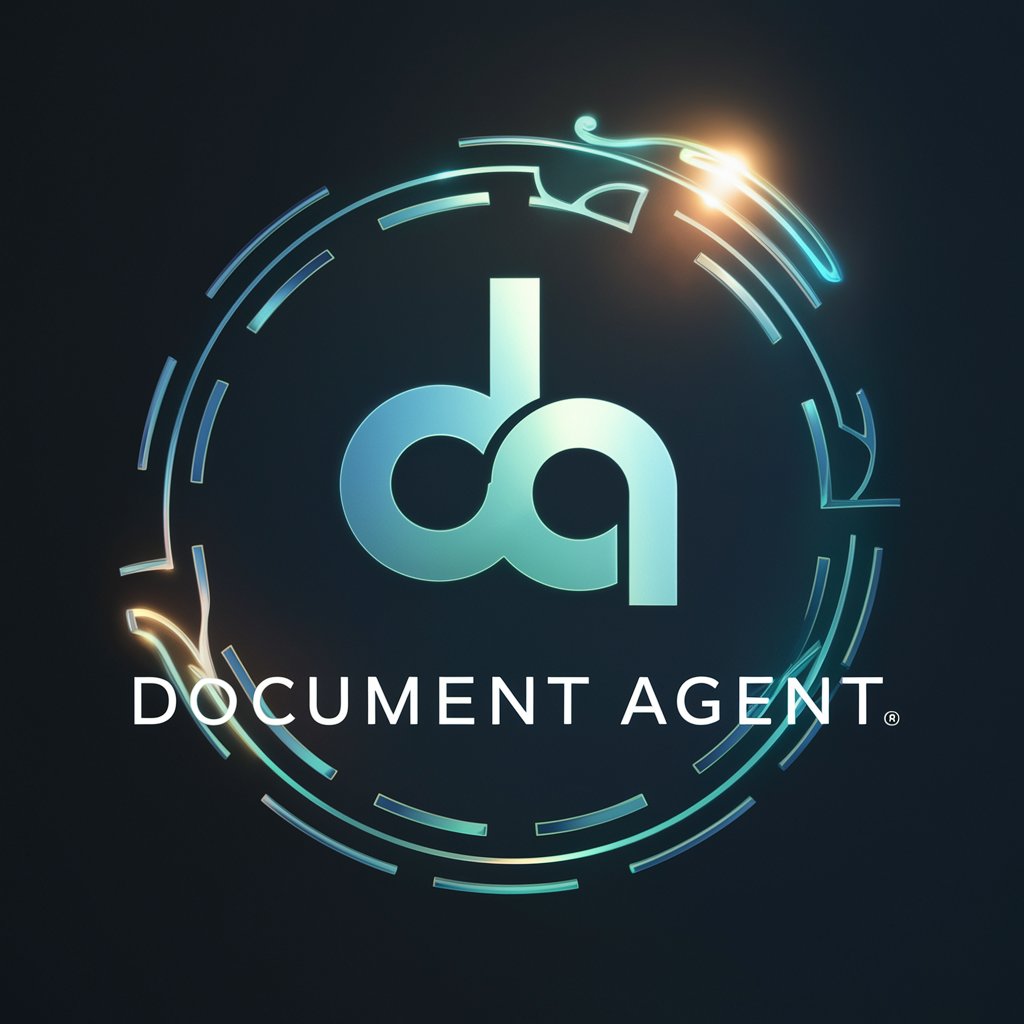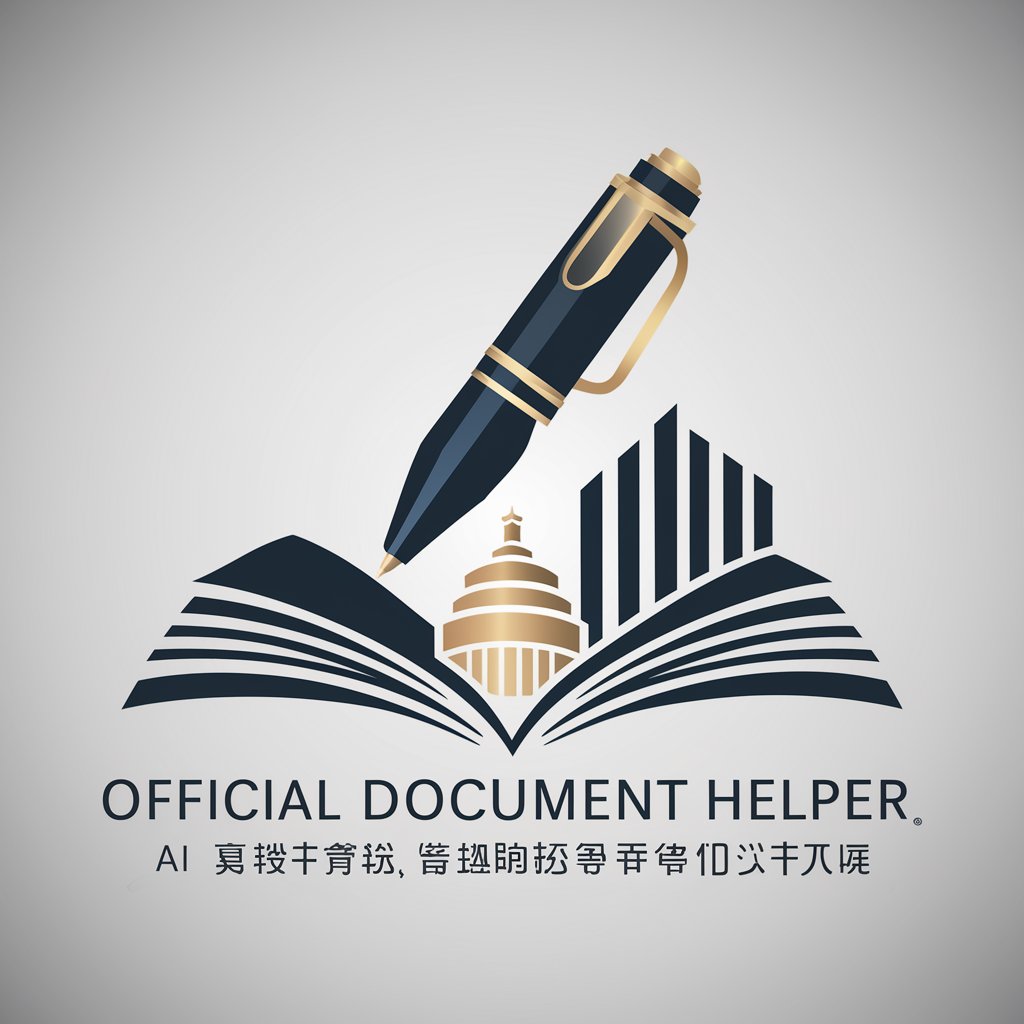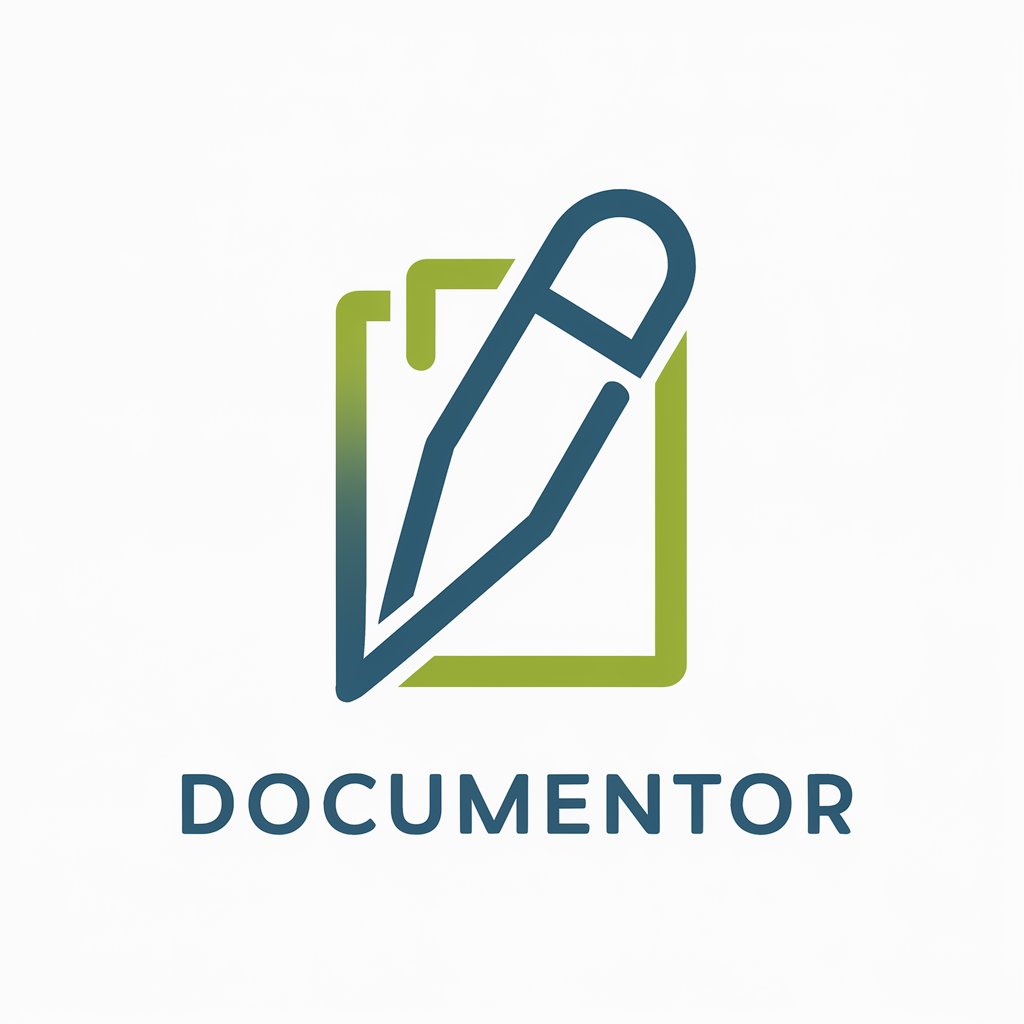
True/False - Document Assistant - Document Fact-Checking AI
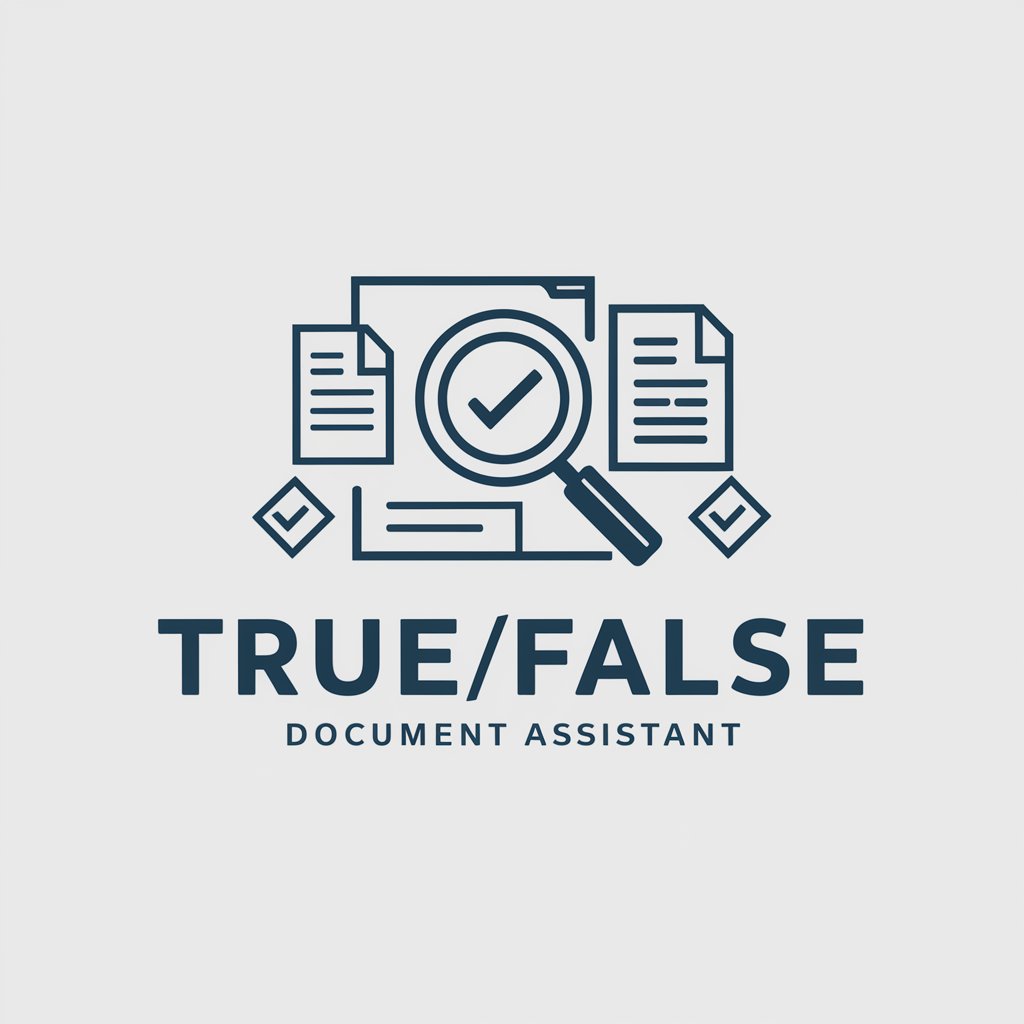
Hello, I'm here to help verify document accuracy and content alignment.
Empowering accuracy with AI-powered analysis.
Analyze the document and verify if the statement matches the content.
Determine the accuracy of the claim based on the provided document.
Cross-check the question with the document citation for factual correctness.
Assess whether the given information aligns with the document's content.
Get Embed Code
Introduction to True/False - Document Assistant
The True/False - Document Assistant is designed as a specialized tool to analyze text from uploaded documents and determine the accuracy of questions posed about these documents. It aims to provide factual, accurate responses based solely on the content within the documents, strictly avoiding opinions, interpretations, or advice. This assistant is ideal for situations where clarity and fact-checking against specific document content are paramount. By comparing questions with document citations or information, it ensures that responses are grounded in the text. For instance, if a user questions, 'Does the document state that global warming is accelerating due to human activities?' the assistant would verify this against the document's content, providing a true or false answer based on direct citations or lack thereof. Powered by ChatGPT-4o。

Main Functions of True/False - Document Assistant
Accuracy Verification
Example
Analyzing statements for factual accuracy based on document content
Scenario
In an academic setting, verifying if a student's paper accurately cites sources or statements from provided literature.
Fact-Checking Questions
Example
Determining the truthfulness of questions based on document citations
Scenario
For journalists reviewing an article's claims against sourced documents to ensure accurate reporting.
Clarifying Ambiguities
Example
Identifying and clarifying ambiguities in document-based queries
Scenario
Helping researchers clarify vague statements in documents that might be interpreted in multiple ways, ensuring their interpretations align with the original content.
Ideal Users of True/False - Document Assistant Services
Students and Academics
This group benefits from services by ensuring their research, papers, and citations accurately reflect the documents they reference, aiding in academic integrity and research accuracy.
Journalists and Media Professionals
They require factually accurate reporting. The assistant aids in verifying claims against source documents, ensuring their reporting is truthful and backed by evidence.
Legal Professionals
For those who need to cross-reference legal documents, witness statements, or case files for accuracy, this tool can provide quick verification of claims against the factual content of documents.

How to Use True/False - Document Assistant
Step 1
Visit yeschat.ai for a free trial without the need to sign up for ChatGPT Plus.
Step 2
Upload or paste the document you wish to analyze into the provided interface. Ensure the document is clear and the text is readable.
Step 3
Formulate your questions as True/False statements related to the content of your document.
Step 4
Submit your questions through the interface. The tool will analyze the document's content in relation to your queries.
Step 5
Review the responses provided by True/False - Document Assistant for each question. Use the insight to guide your understanding or further research.
Try other advanced and practical GPTs
Let's play True or False
Challenge Your Knowledge with AI
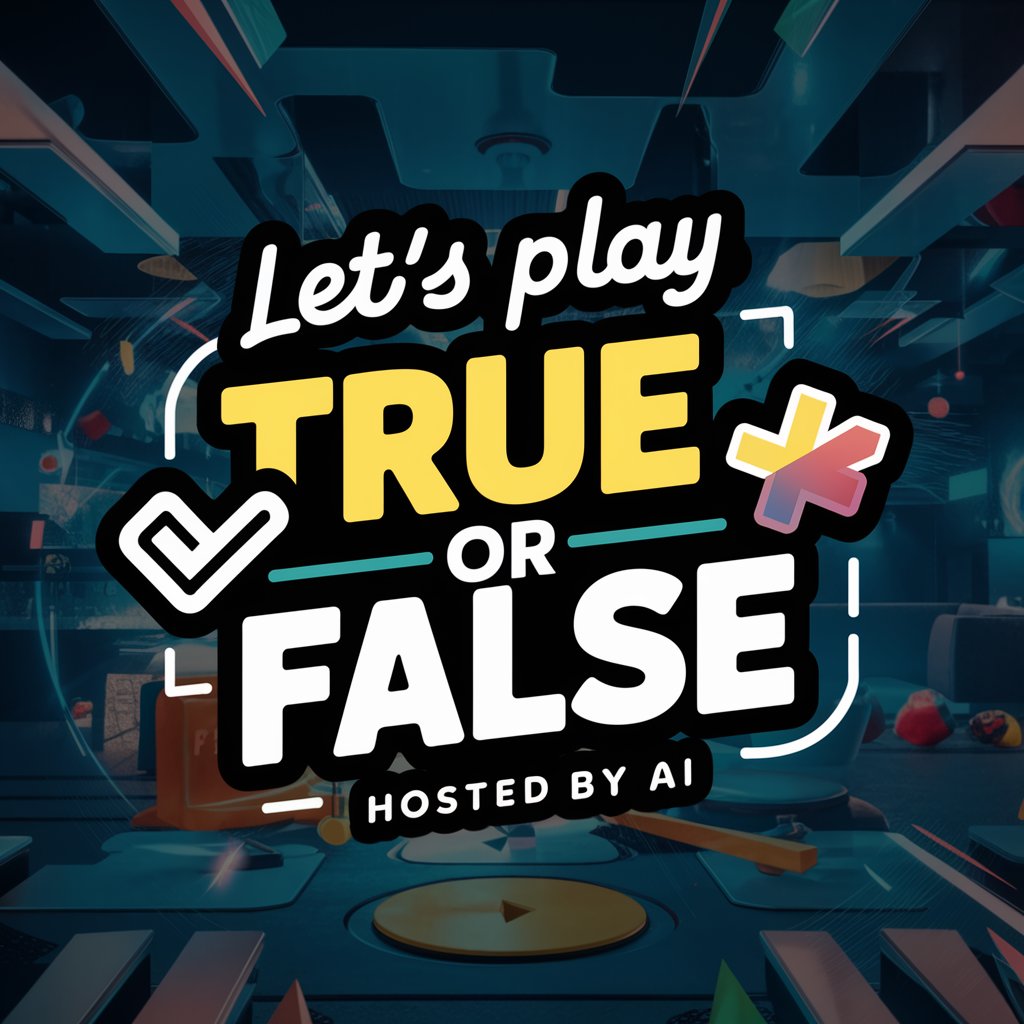
True or False?
Discover the Truth with AI
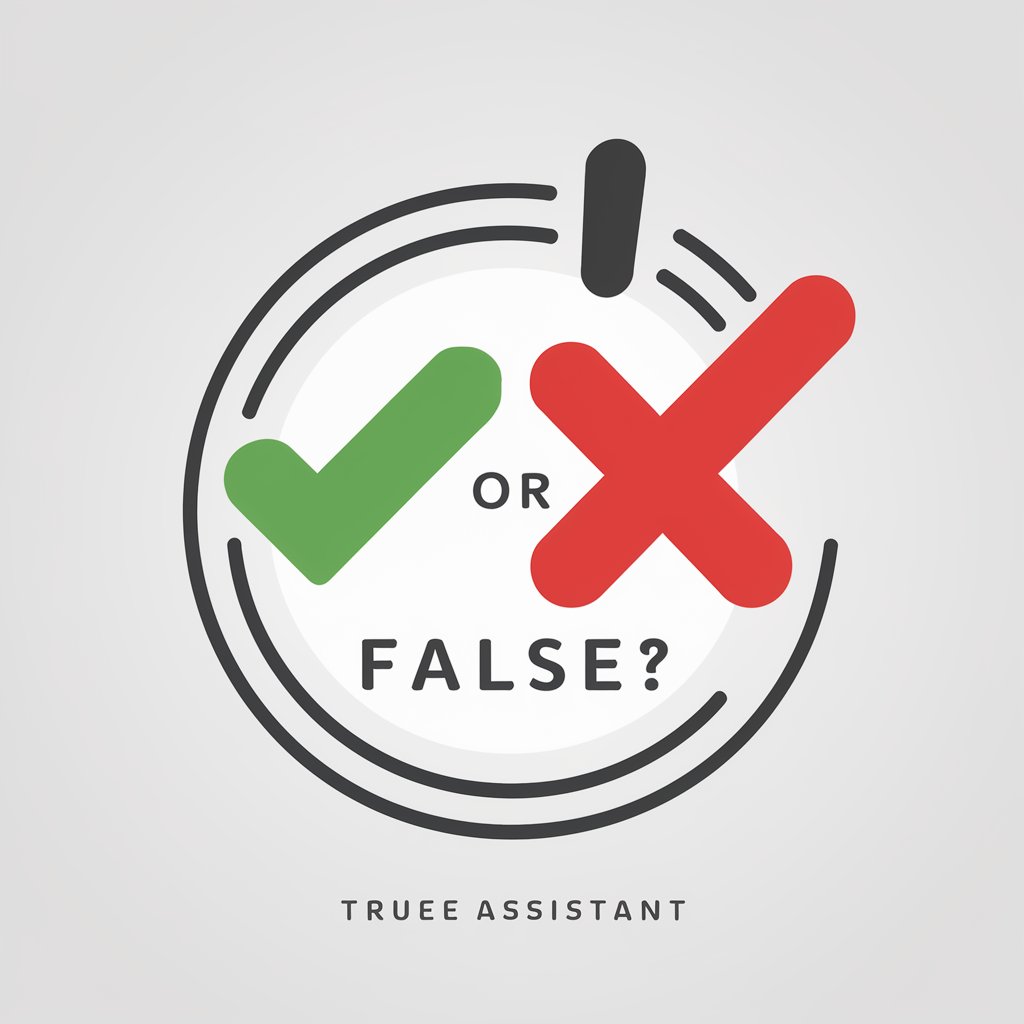
Religion Talks: Speak with any Saint, All Saints
Engage with the wisdom of saints, powered by AI

Religion architect
Craft New Religions with AI

Religion and Faith Explorer
Exploring Faith with AI-powered Insights
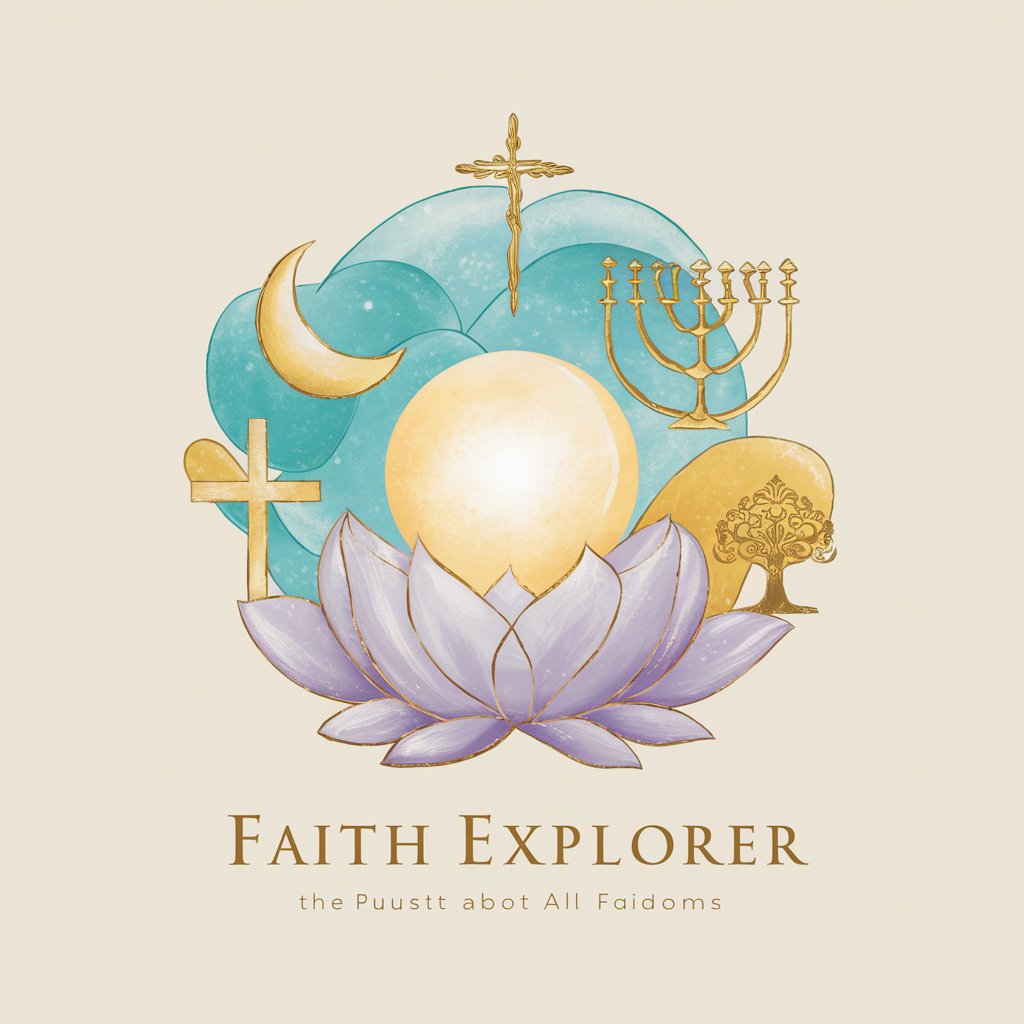
Anthropology of Religion Tutor
Unlocking the Secrets of Religious Practices with AI
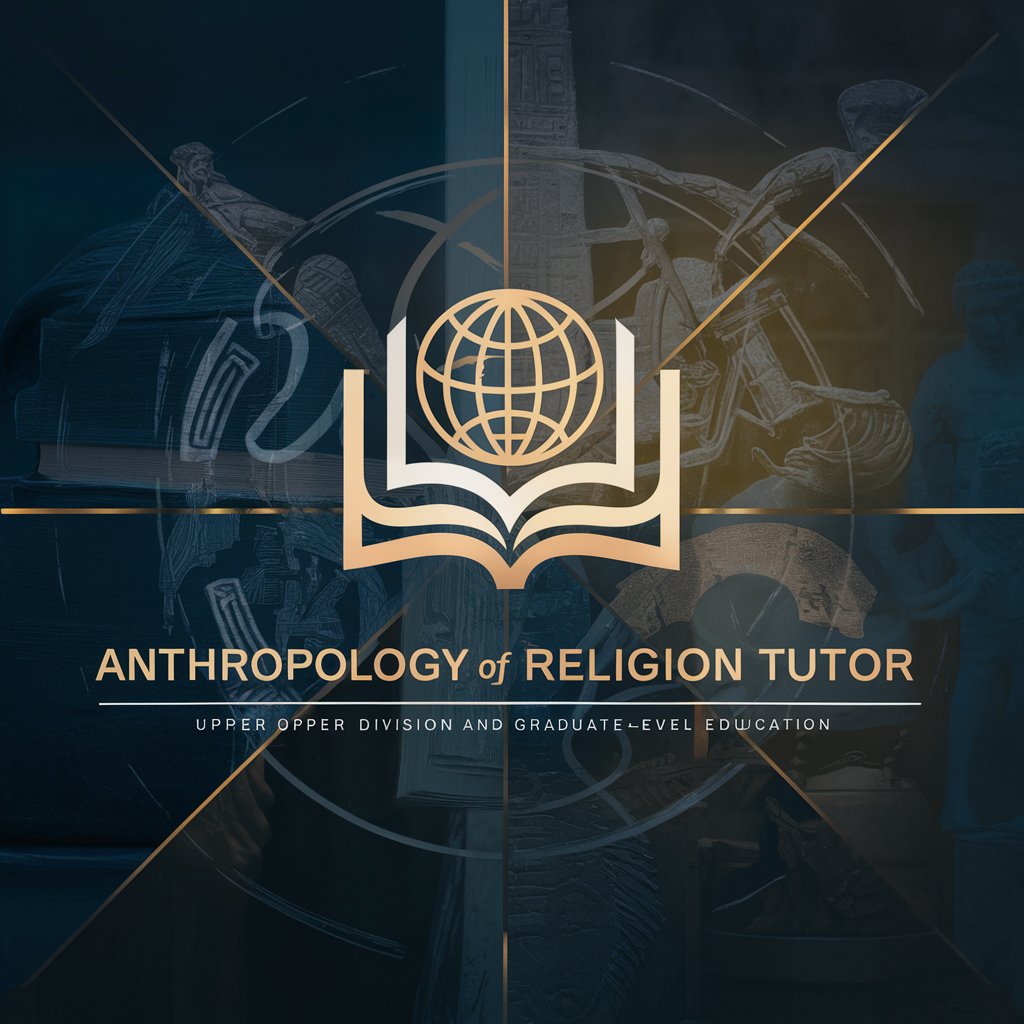
SEO Marketing QUIZ CREATOR | True or False
Transform SEO Content into Learning Quizzes
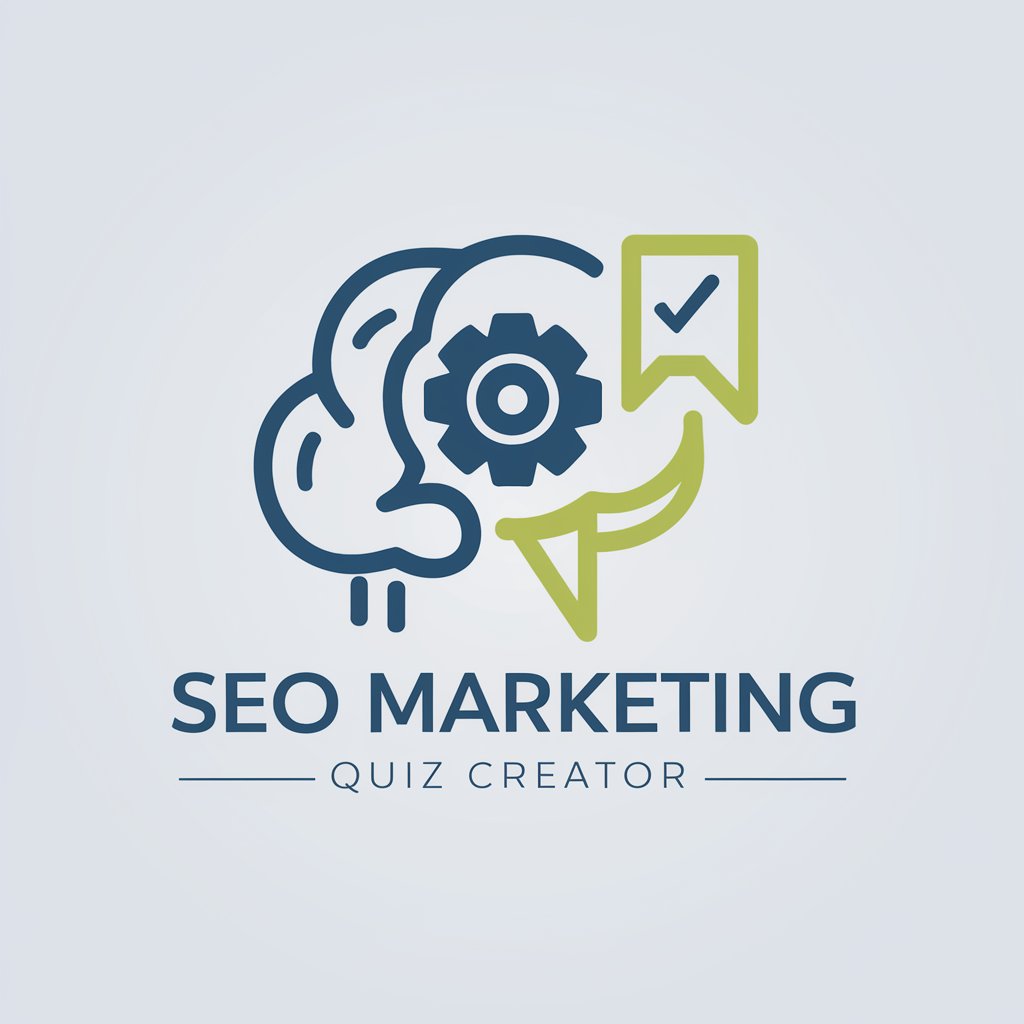
Skript-Mentor Teil 1
Master game theory with AI-powered script analysis.

Next Picture
Automate web design with AI-powered code generation.

Akoca HARO Scan
Optimize your HARO responses with AI.
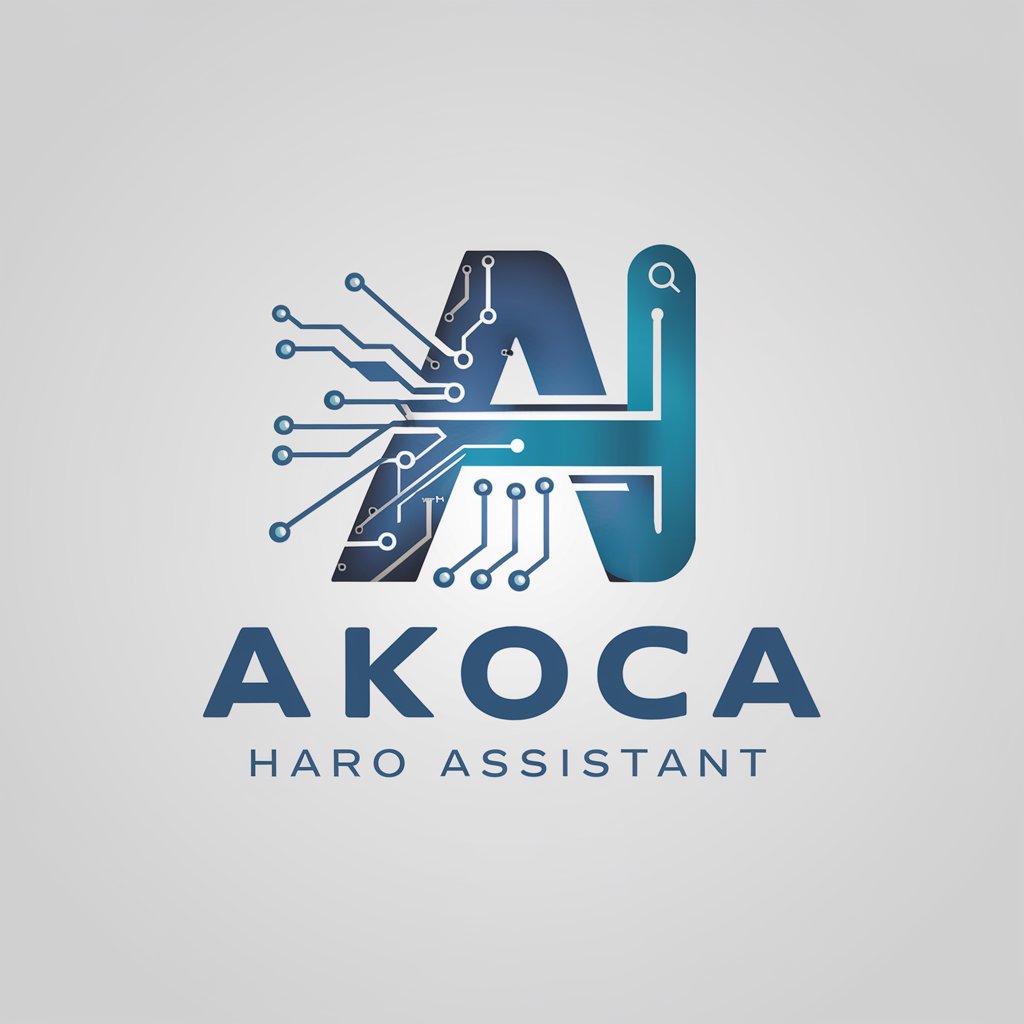
Strivee HARO Scan
AI-powered Media Matchmaking
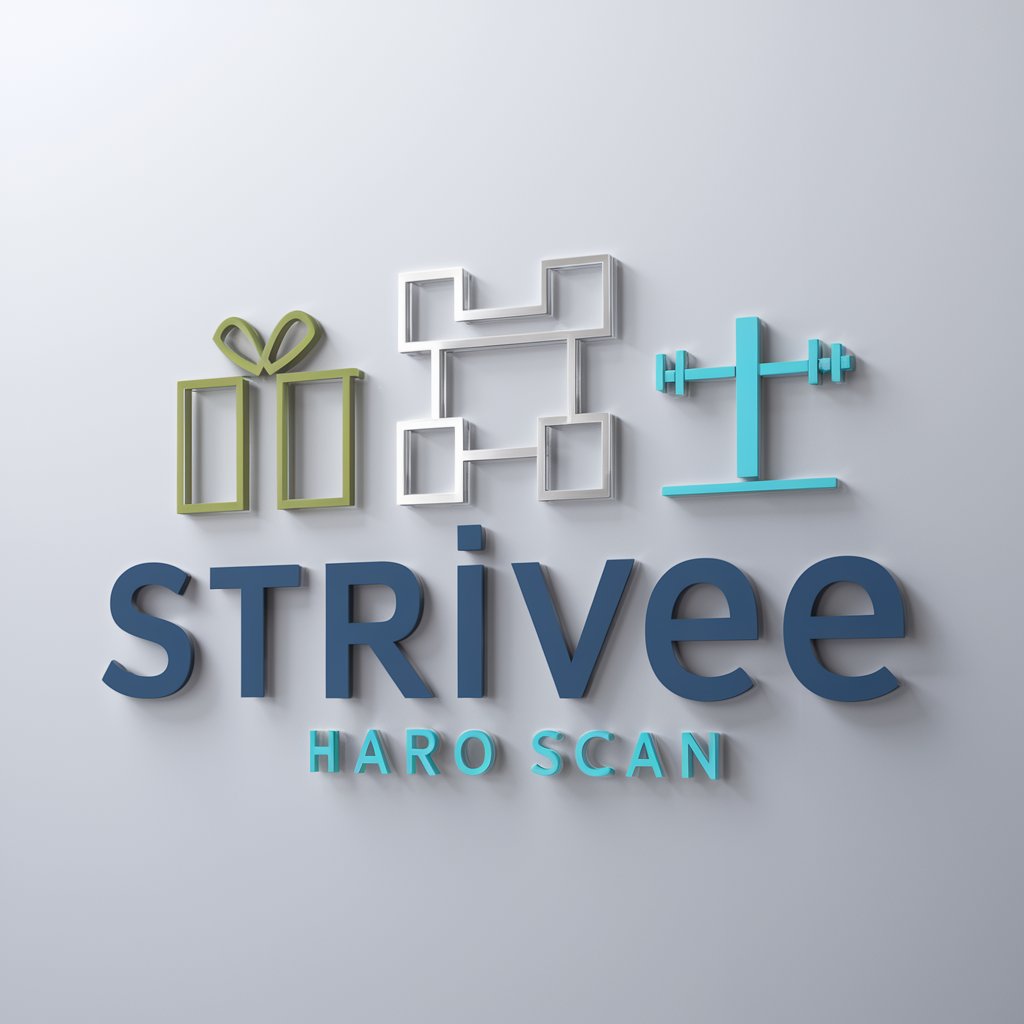
L & R HARO Scan
AI-powered HARO Matching for Flooring Experts
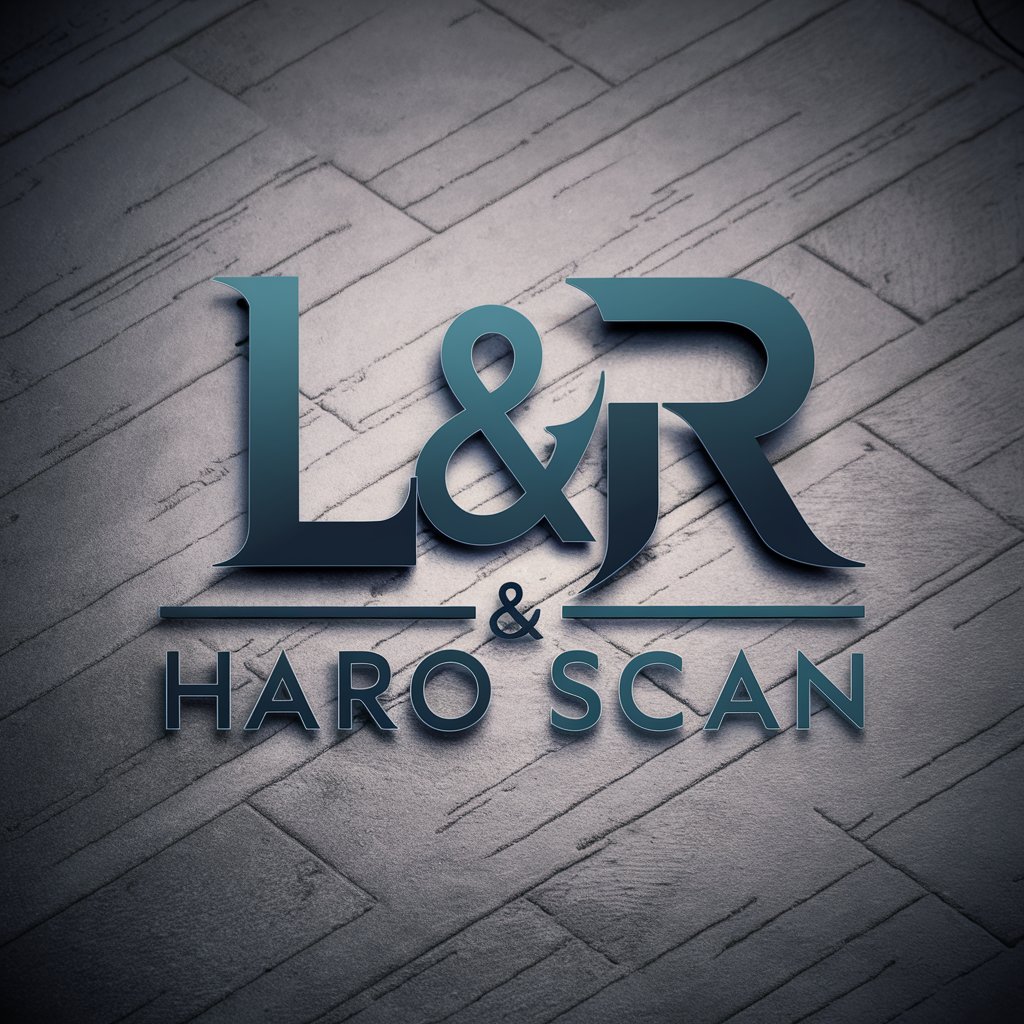
Frequently Asked Questions about True/False - Document Assistant
What types of documents can True/False - Document Assistant analyze?
True/False - Document Assistant is capable of analyzing a wide range of document types including PDFs, Word documents, and plain text files, focusing on their content to assess the truthfulness of statements made about them.
Is True/False - Document Assistant suitable for academic purposes?
Absolutely. It can serve as a valuable tool for students and researchers to validate facts or assertions made within academic papers, articles, and study materials.
How accurate is the analysis provided by True/False - Document Assistant?
The accuracy depends on the clarity of the document's content and the specificity of the questions posed. It uses advanced AI to ensure high levels of precision in its analysis.
Can True/False - Document Assistant help in identifying misinformation?
Yes, by validating statements against the content of a document, it can assist in identifying discrepancies or misinformation, aiding in critical thinking and content verification.
What are the limitations of True/False - Document Assistant?
Its performance is contingent upon the quality of the document provided and the specificity of the queries. Ambiguity in documents or questions may impact the clarity of its responses.
